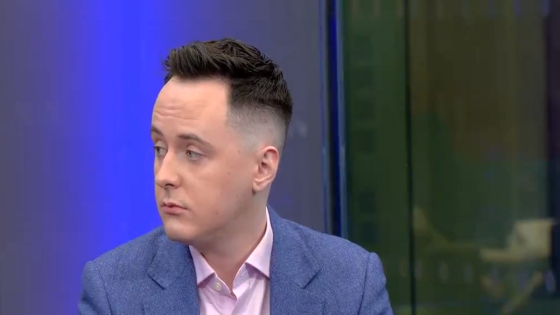Stubborn inflation has been hitting Americans at every level: From grocery prices to those of housing, high costs have placed an enormous toll on consumers. Thus, it came as no surprise that the Federal Reserve chose to keep its rates steady following its Federal Open Market Committee (FOMC) meeting which concluded on May 1. In addition, it also left the door open as to when it would start cutting them.
Check Out: 6 Reasons the Poor Stay Poor and Middle Class Doesn’t Become Wealthy
Read Next: How To Get $340 Per Year in Cash Back on Gas and Other Things You Already Buy
Earlier this year, Fed officials had indicated that they would implement three rate cuts. However, said officials have since been telegraphing that cuts will probably occur later than previously anticipated. The Fed seems to have now shifted to a “wait and see” approach due to both sticky inflation and strong economic data.
“In recent months, there has been a lack of further progress toward the Committee’s 2% inflation objective,” Fed officials said in a May 1 statement.
Indeed, inflation, which was on a downward trajectory, has picked up its pace once again — standing at 3.5%, according to the latest consumer price index (CPI) data released April 10.
Learn More: How Much Does the Average Middle-Class Person Have in Savings?
Inflation and Biden’s Quest For Re-Election
With inflationary pressure top of mind for voters, presidential candidates are addressing rising prices as part of their campaigns.
While President Joe Biden has undertaken several efforts to fight inflation — namely with the Inflation Reduction Act (IRA) of 2022 — some experts argued that other factors came into play in bringing inflation down, as GOBankingRates previously reported.
And opinions are split as to whether President Biden, if re-elected, would make a difference in alleviating prices.
As J.T. Young wrote in an opinion piece on May 1 for The Hill: “Biden does not have months to spare.”
“He has six — total — before November. While six may be a lifetime in politics, it is just two quarters in economics. It is the difference between chronological and geological time. Economists can wait; politicians cannot,” wrote Young.
And in terms of voters, half of those polled said they expect inflation to rise higher than it is now, according to a recent Bloomberg News/Morning Consult poll.
Here is what some economists had to say about the direction of inflation, were Biden to be re-elected.
Inflation Will Continue To Moderate
According to Mark Zandi, chief economist of Moody’s Analytics, inflation will continue to moderate and return to the Federal Reserve’s inflation target early in Biden’s potential second term.
“This is due to the fading away of the impact of the pandemic on inflation, tight monetary policy and an easing in the job market, and the normalization of the growth in housing costs,” said Zandi.
Zandi added that Biden’s policy efforts are designed to lift the supply side of the economy, and thus weigh on inflation. He noted, however, that these policies will play out over the next several years.
Inflation Will Cool Off, But Rates Might Not — Hurting Prices
William Luther, director of the American Institute for Economic Research‘s Sound Money Project and associate professor of economics at Florida Atlantic University — also argued that inflation will gradually return to the Fed’s 2% target — adding that this will happen “regardless of who wins in November.”
Now, he added, the only question is how high the Fed will have to hold interest rates to keep inflation in line with its 2% target.
“The Biden administration appears committed to running large budget deficits in order to finance housing, family planning, child care, universal pre-K, family and medical leave, behavioral healthcare, students debt forgiveness, green energy initiatives, unionization efforts, Social Security Administration investments, and a host of other expenditures in its cradle-to-grave welfare system,” said Luther.
In turn, he argued, despite the end of many pandemic-era programs, the federal deficit increased to nearly $1.7 trillion in 2023 from $1.4 trillion in 2022. The Congressional Budget Office projects deficits will continue to rise in the years ahead.
“Reasonable people might disagree about the desirability of Biden’s spending plan,” he said. “But there is much less scope for disagreement on the effects it will have on long-term interest rates.”
According to him, when the government borrows to finance spending, it must bid funds away from private sector borrowers. This, in turn, puts upward pressure on interest rates.
“To keep a lid on inflation, the Fed will have to target higher interest rates consistent with the government’s additional borrowing,” he said. “If the Fed does its job, inflation will be low and stable — but Americans will have to bear the costs of higher interest rates.”
More From GOBankingRates
This article originally appeared on GOBankingRates.com: I’m an Economist: Here Are My Predictions for Inflation If Biden Wins Again
Source Agencies


